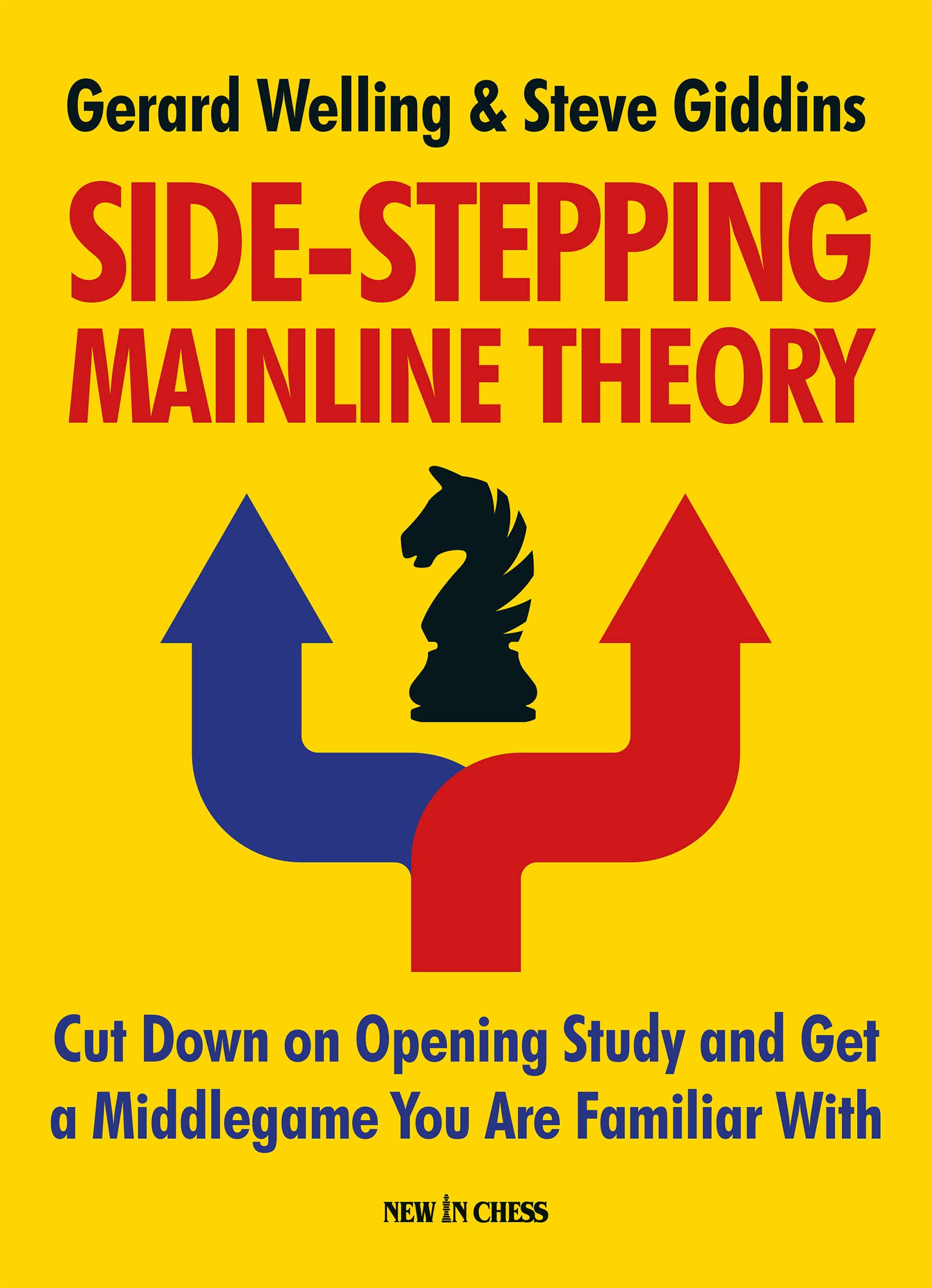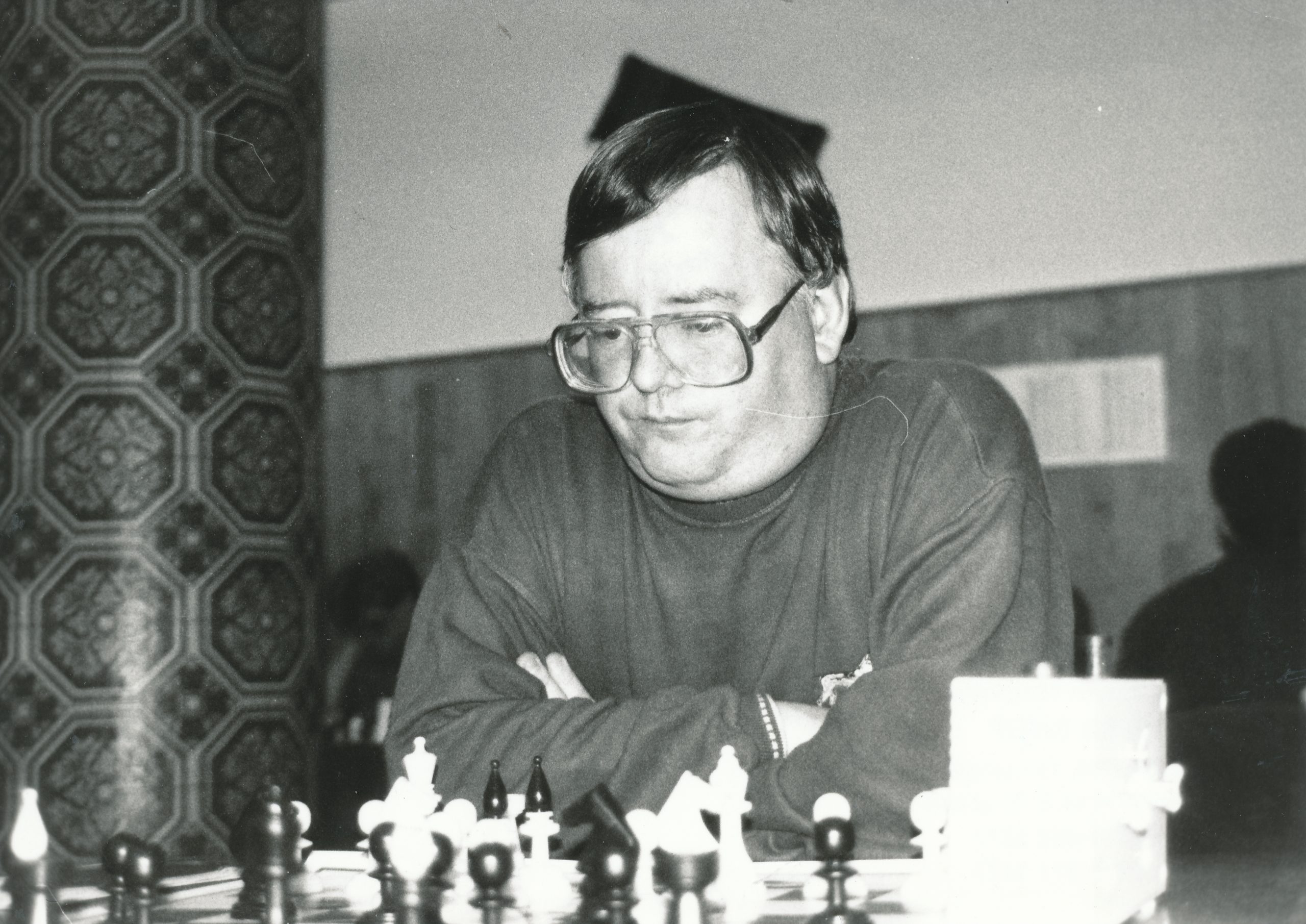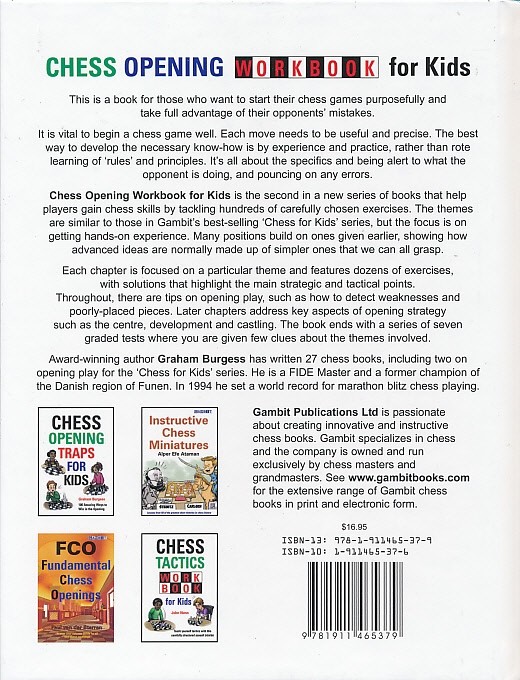Side-Stepping Mainline Theory : Gerard Welling and Steve Giddins

From the book’s rear cover :
“Spend more study time on what’s really decisive in your games!
The average chess player spends too much time on studying opening theory. In his day, World Chess Champion Emanuel Lasker argued that improving amateurs should spend about 5% of their study time on openings. These days club players are probably closer to 80%, often focusing on opening lines that are popular among grandmasters.
Club players shouldn’t slavishly copy the choices of grandmasters. GMs need to squeeze every drop of advantage from the opening and therefore play highly complex lines that require large amounts of memorization. The main objective for club players should be to emerge from the opening with a reasonable position, from which you can simply play chess and pit your own tactical and positional understanding against that of your opponent.
Gerard Welling and Steve Giddins recommend the Old Indian-Hanham Philidor set-up as a basis for both Black and White. They provide ideas and strategies that can be learned in the shortest possible time, require the bare minimum of maintenance and updating, and lead to rock-solid positions that you will know how to handle. By adopting a similar set-up for both colours, with similar plans and techniques, you will further reduce study time.
Side-stepping Mainline Theory will help you to focus on what is really decisive in the vast majority of non-grandmaster games: tactics, positional understanding and endgame technique.
Gerard Welling is an International Master and an experienced chess trainer from the Netherlands. He has contributed to NIC Yearbook and Kaissiber, the freethinker’s magazine on non-mainline chess openings.

Steve Giddins is a FIDE Master from England, and a highly experienced chess writer and journalist. He compiled and edited The New In Chess Book of Chess Improvement, the bestselling anthology of master classes from New In Chess magazine.”

The authors have divided up the content into six chapters as follows:
- The keys to successful opening play
- The Old Indian against 1.d4
- The Old Indian against Flank Openings
- The Philidor against 1.e4
- The System as White
- Tables of the main variations
So, what we have here is somewhat unusual : this is a complete repertoire book for the same player of both the Black and White pieces using essentially the same structure. Precedents have been previously set using similar approaches with a combination of the Pirc and King’s Indian Defences combined with the King’s Indian Attack or reversed King’s Indian Defence but, nonetheless, this is an unusual and welcome approach to building a repertoire.
So the structure for Black is essentially :
which could be so-called Modern Philidor when white plays 1.e4 and The Old Indian when White defers e4
and the structure for White is :
which is essentially a Reversed Modern Philidor / Old Indian or more correctly An Inverted Hanham.
All of these structures are sound, resilient and reward manoeuvring play where the better play will win. More importantly a player familiar with these structures will enjoy understanding of the plans and ideas is likely to enjoy a considerable advantage on the clock. This is particularly true for the first player based on the rarity of the Inverted Hanham.
The authors have organised their material very logically showing the reader firstly the way to play for Black against almost anything and only then (when the structures are familiar) do they demonstrate the way for the first player. I’m sure players will be more comfortable playing these lines for Black since it might seem somewhat unnatural to play 1.e4 and then play slowly after that.
The authors use a standard model to explain these systems : they take 92 high quality games and analyse each one in detail. Combined with this is a clear description of the themes and ideas contained within the Black and White structures. This is very much an ideas based opening book rather than based on rote memorisation. One of the issues analysing these lines is that they are very transpositional compared to say the sequential and forcing lines of the Sicilian Dragon or Slav Defence. Chapter six helps enormously the reader to navigate their way through the transpositions especially for the Inverted Hanham.
Here is a game from Istvan Csom, an expert on this system :
As with every recent New in Chess publication high quality paper is used and the printing is clear. The book can easily be laid flat next to the board and does not require weights to prevent it from “self-closing” (a particular bugbear of ours !). Each diagram is clear and the instructional text is (mostly !) typeset in two column format, which, we find, enables the reader to maintain their place easily. Figurine algebraic notation is used throughout and the diagrams are placed adjacent to the relevant text.
In summary, Welling and Giddins have produced an out-of-the-ordinary book which fills a gap in the market : complete opening book not based on rote memorisation. The middlegame starts very early in these lines and the ideas for White are particularly intriguing. if you adopt these suggestions then your middlegame play will benefit hugely. This is probably not a book for hackers or those who have no patience : highly recommended !
John Upham, Cove, Hampshire, March 31st 2020

Book Details :
- Paperback : 272 pages
- Publisher: New In Chess (16th August 2019)
- Language: English
- ISBN-10: 9056918699
- ISBN-13: 978-9056918699
- Product Dimensions: 16.9 x 1.8 x 23.6 cm
Official web site of New in Chess




